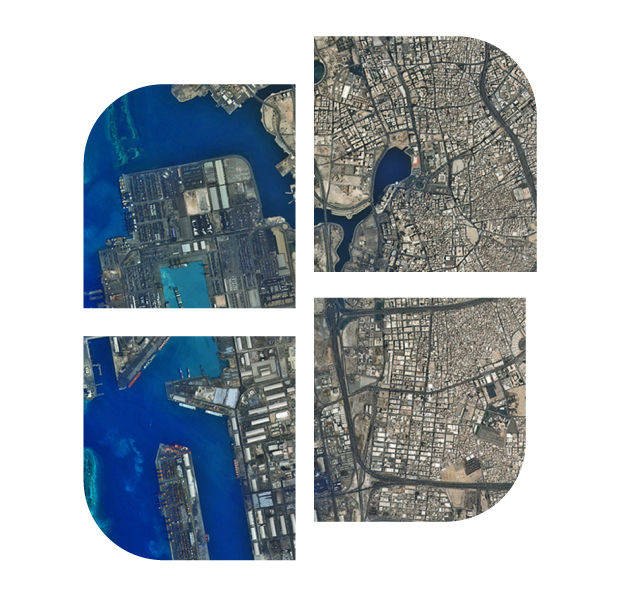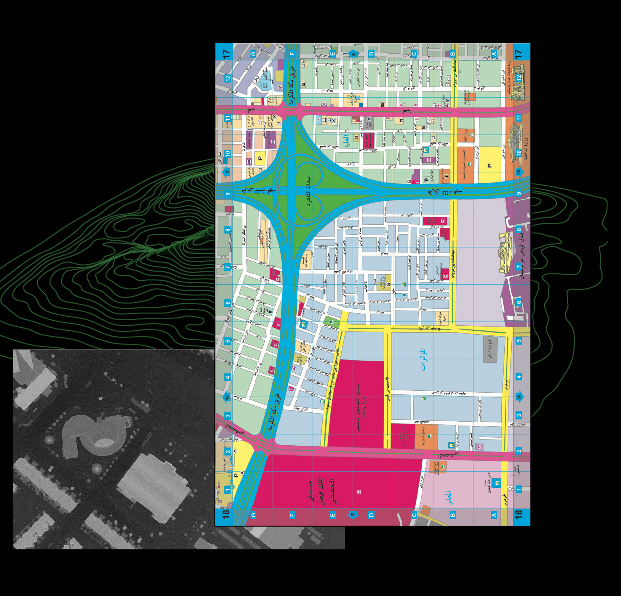Our Services
Survey
MapDev has undertaken complete surveying tasks using latest GPS and smart devices to do surveys for terrain and urban areas of Data collection for different clients and upgrading our Geodatabase. On top of surveying with GPS, MapDev has done Street video surveying to increase point of interests for our maps.
We have survey teams to support businesses and projects that require surveying works using the latest engineering equipment and software technology in this field, using best practices and techniques used in data collection and spatial data provision to help different parties achieve goals, through various survey work, including

Maps (Digital and Paper)
Detailed surveys of buildings, roads, utilities, and communications networks
Real estate survey
Geodetic Survey
Update base maps
GPS
Leveling
Total Station
Mobile Mapping

Map Dev Professional Services
Sorry, nothing found.
Map Dev FAQ'S
A GIS is a system designed to capture, store, manipulate, analyze, manage, and present spatial or geographic data. It integrates hardware, software, and data for capturing, managing, analyzing, and displaying all forms of geographically referenced information.
A GIS system typically consists of hardware (computers, GPS devices, etc.), software (GIS software), data (spatial data and attribute data), people (GIS professionals), and procedures (workflows and methodologies for data management, analysis, and visualization).
Geo Database Updating & Survey involves updating spatial databases with current and accurate information through various surveying techniques. It’s crucial for maintaining the currency and accuracy of spatial data used in GIS applications, ensuring informed decision-making and analysis.
Common methods include field surveys using GPS devices, aerial surveys using drones, satellite imagery interpretation, ground truthing, and crowd-sourcing data collection techniques.
Drones offer advantages such as cost-effectiveness, rapid data collection, high-resolution imagery, accessibility to remote or hazardous areas, and flexibility in flight patterns and data acquisition.
Remote sensing involves acquiring information about objects or areas from a distance, typically through aerial or satellite sensors. In GIS applications, remote sensing data (e.g., satellite imagery, aerial photographs) are used for mapping, monitoring land use/land cover changes, environmental assessment, disaster management, etc.
Common remote sensing platforms include satellites, aircraft (manned and unmanned), and drones. Each platform offers different capabilities in terms of spatial resolution, spectral bands, revisit frequency, and cost.
GIS provides the framework for storing, analyzing, and visualizing spatial data, while remote sensing offers a means to acquire that data. Together, they enable the integration of diverse data sources for comprehensive spatial analysis and decision-making.
Applications include habitat mapping, biodiversity assessment, deforestation monitoring, urban planning, watershed management, climate change analysis, and natural disaster response and mitigation.
Essential skills include spatial analysis, data management, programming (e.g., Python), remote sensing techniques, cartography, communication, and domain knowledge in areas such as geography, environmental science, urban planning, or agriculture.


